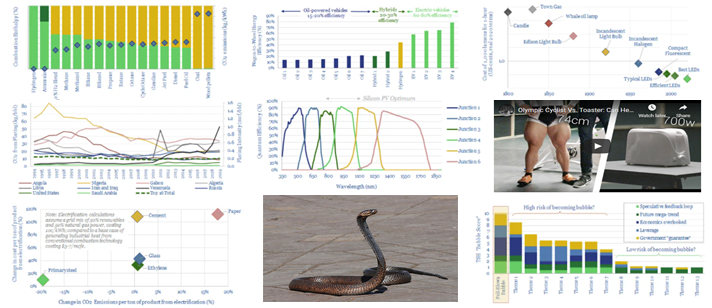
…physics. https://thundersaidenergy.com/2020/07/03/green-hydrogen-economy-holy-roman-empire/ Conversely the best thermodynamic way to use renewable energy to drive decarbonization is to find ways of using that renewable energy directly, including through demand shifting. If renewable…
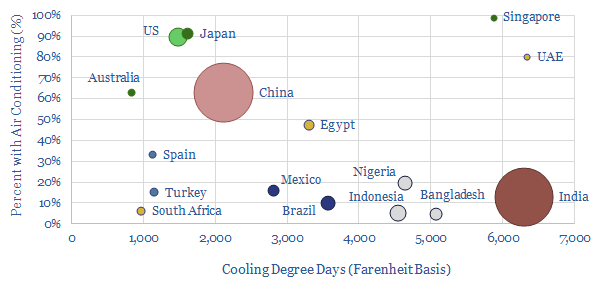
Air conditioning energy demand is quantified in this data-file. In the US, each 100 Cooling Degree Day (CDD) variation adds 26 TWH of electricity (0.6%) demand and 200bcf of gas…
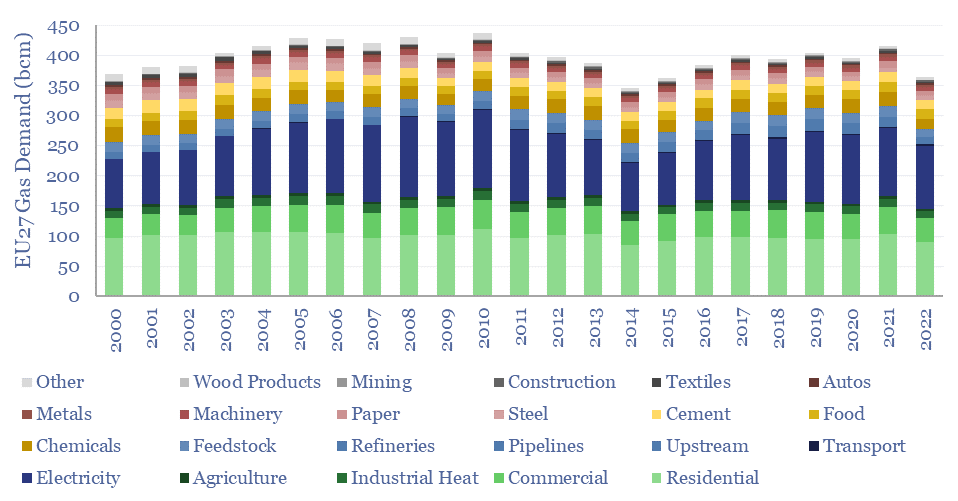
Europe suffered a full-blown energy crisis in 2022, hence what happened to gas demand, as prices rose 5x from 2019 levels? European gas demand in 2022 fell -13% overall, including…
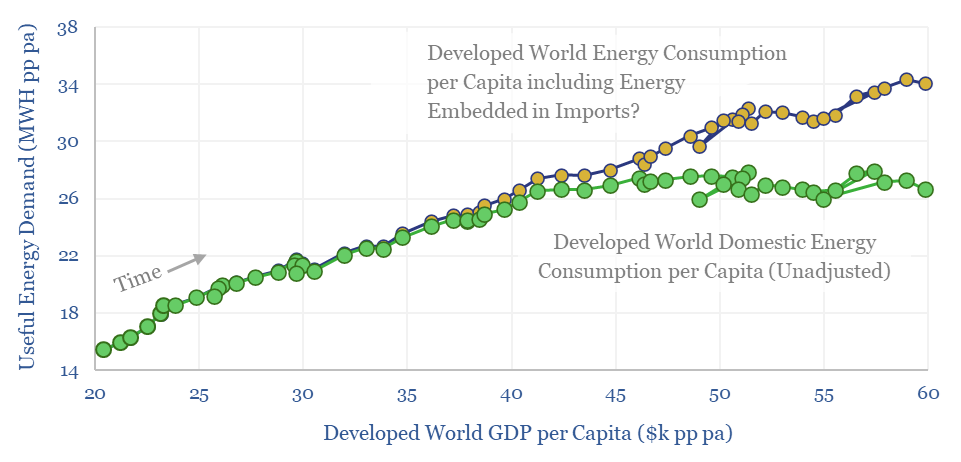
Can GDP decouple from energy demand? Wealthier countries’ energy use has historically plateaued after reaching $40k of GDP per capita. Hence could future global energy demand disappoint? This 15-page report…
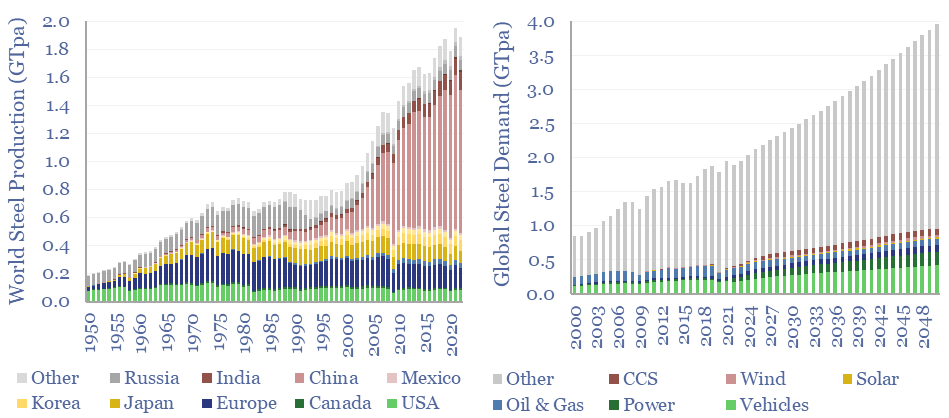
Global steel supply-demand runs at 2GTpa in 2023, having doubled since 2003. Our best estimate is that steel demand rises another 80%, to 3.6GTpa by 2050, including due to the…
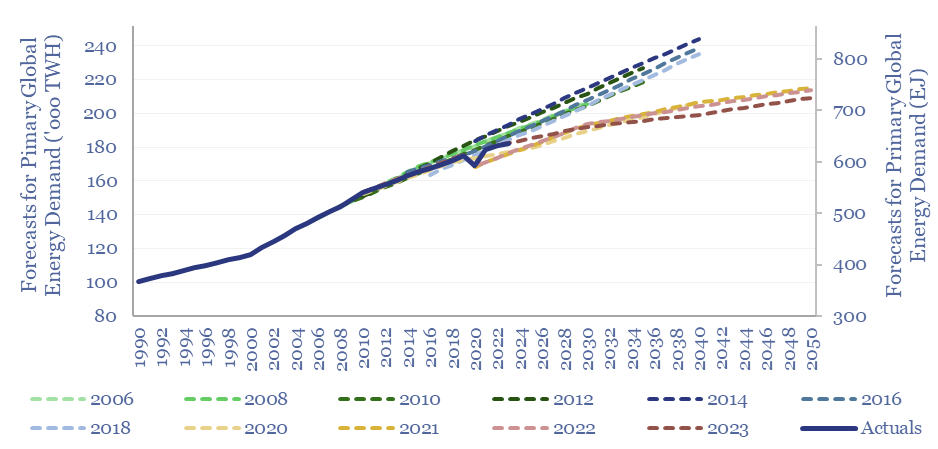
How accurate are energy demand forecasts? Long-term forecasts for total global energy demand can easily be wrong by +/- 10%. Oil market forecasts tend to be amiss by 0.6% x…
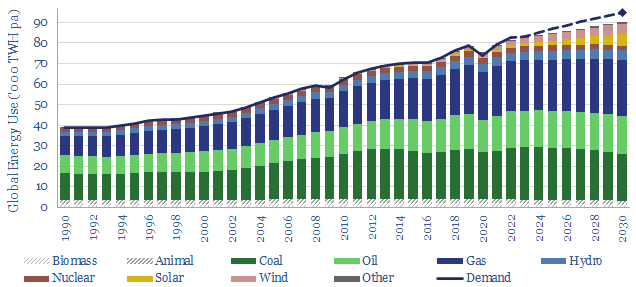
…stress-tested in the model. $599.00 – Purchase Checkout Added to cart Useful global energy demand grew at a CAGR of +2.5% per year since 1990, and +3.0% per year since 2000. Demand…
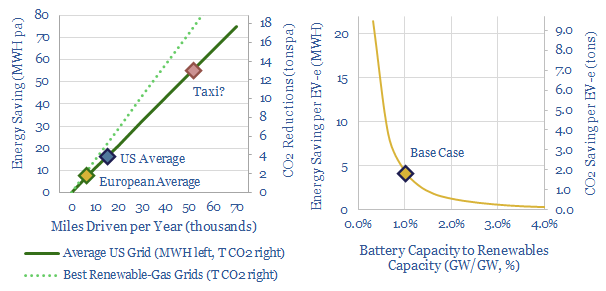
…remainder, we would prefer other solutions such as demand-shifting and long-distance transmission networks. https://thundersaidenergy.com/2021/09/16/power-grids-tenet/ https://thundersaidenergy.com/2021/02/25/shifting-demand-can-renewables-reach-50-of-grids/ https://thundersaidenergy.com/2022/05/05/power-transmission-raising-electrical-potential/ Thus, as a base case, we think a 16kW battery (about the same size…
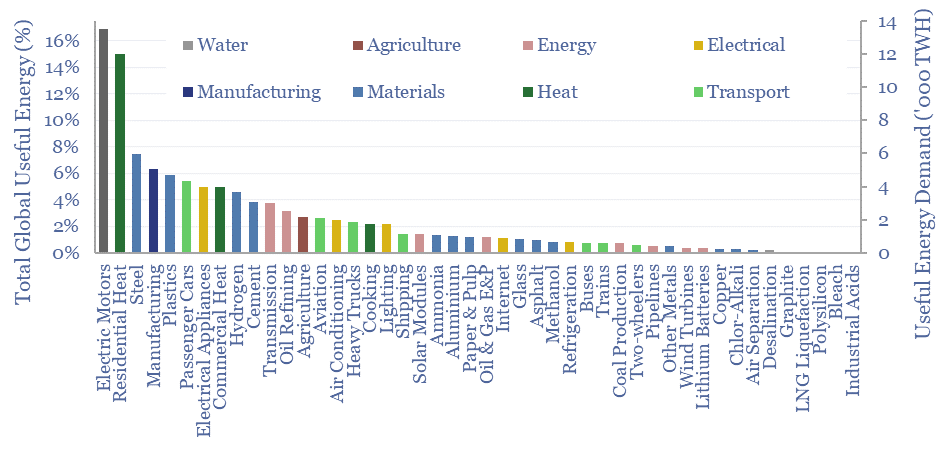
…economic models and supply-demand models, looking theme-by-theme, material-by-material, market by market. Hence we have attempted a full granular breakdown of global energy demand by end use here. As simple rules…
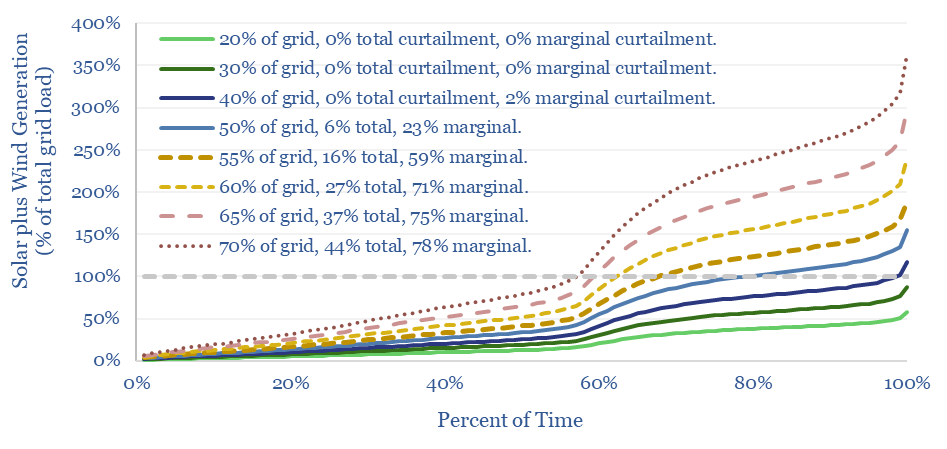
Wind and solar peak at 50-55% of power grids, without demand-shifting or storage, before their economics become overwhelmed by curtailment rates and backup costs. More in wind-heavy grids. Less in…










